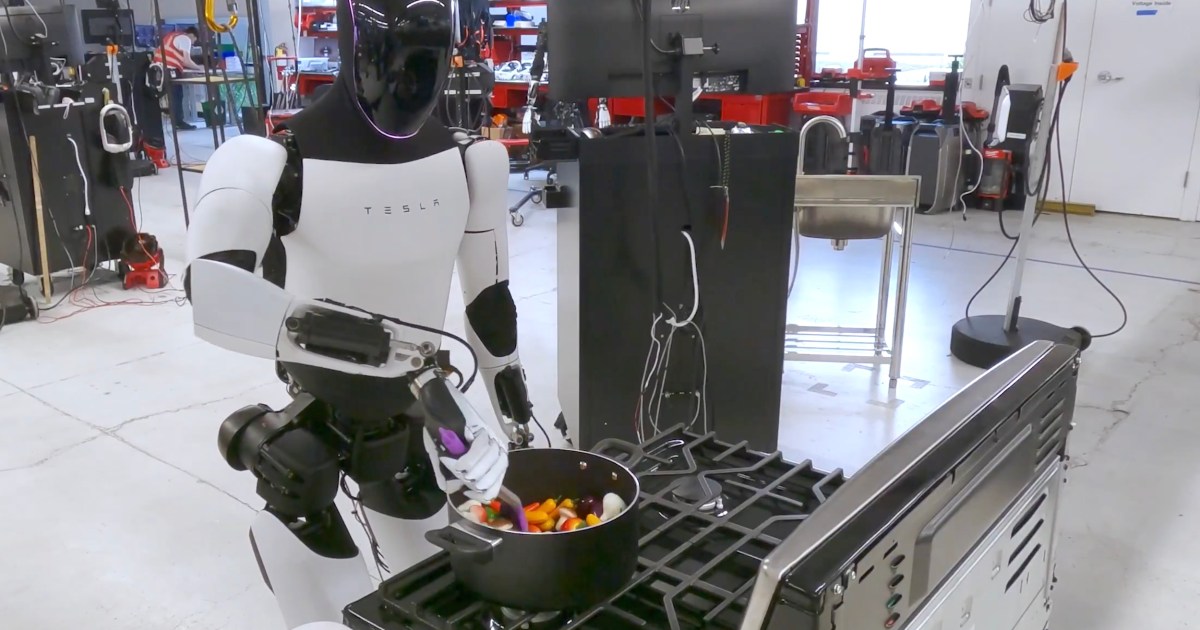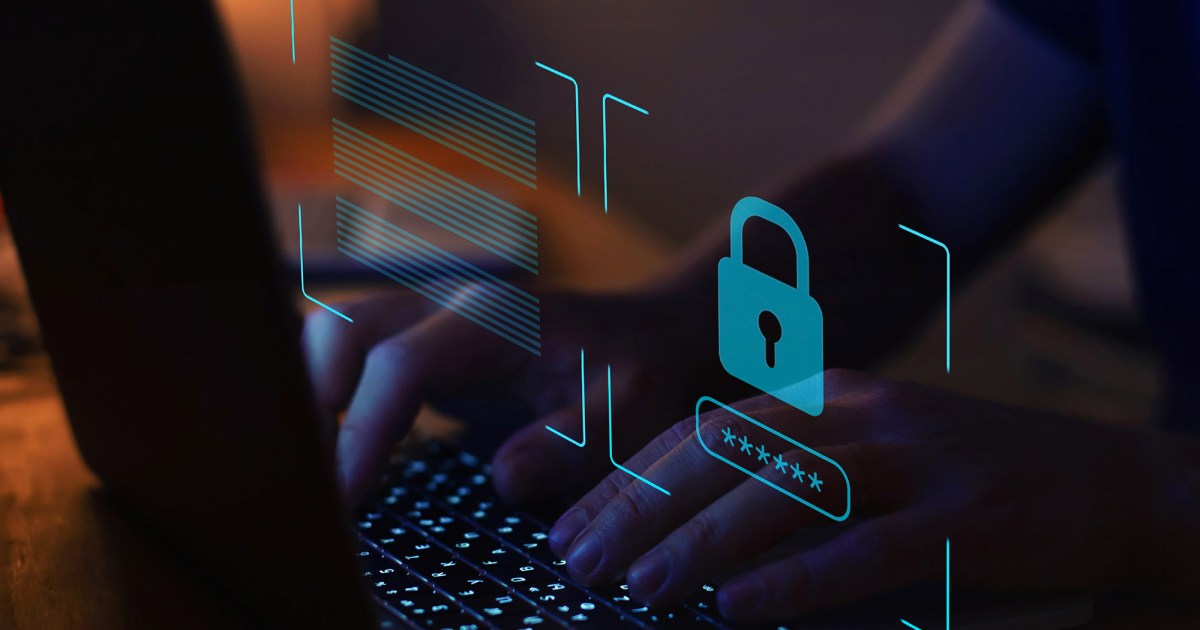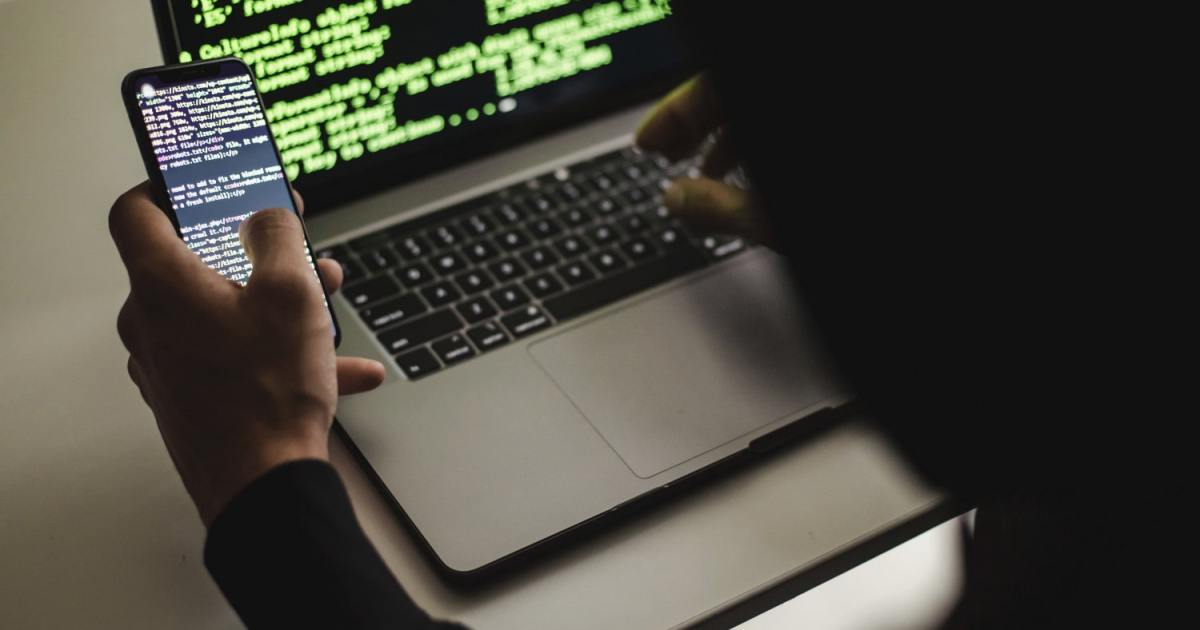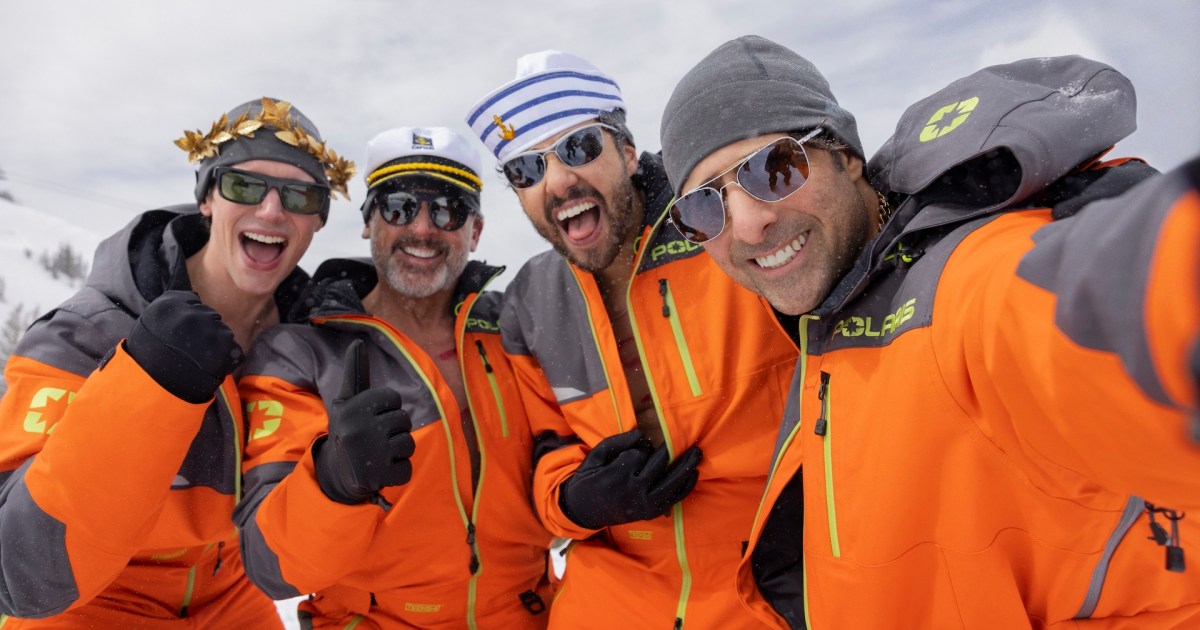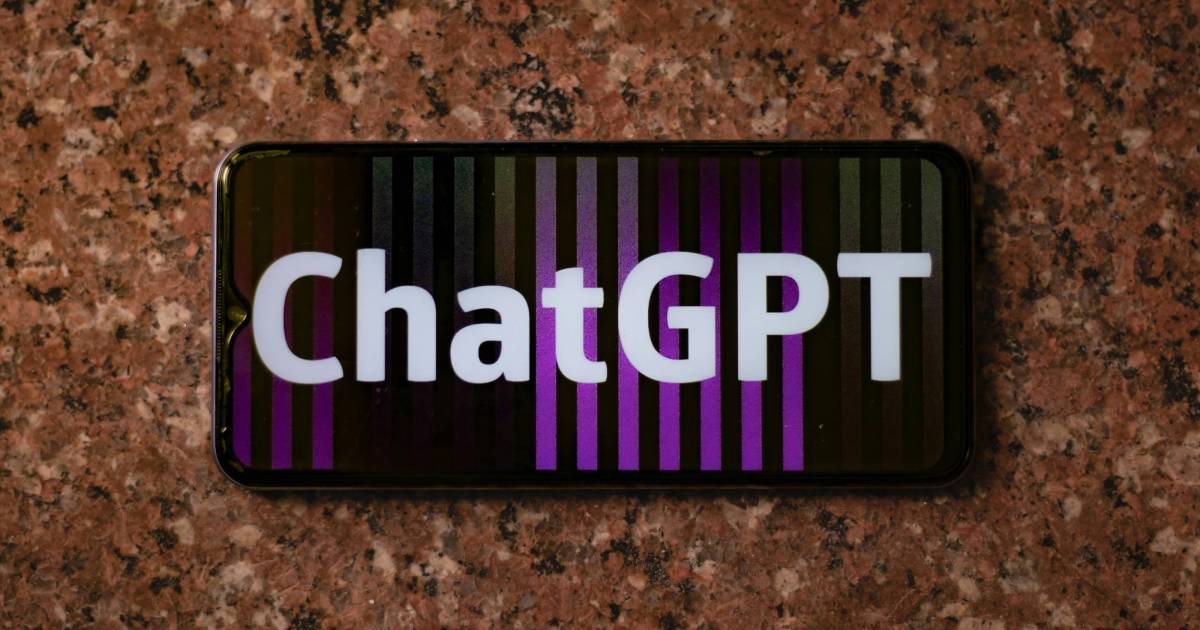Just a week after showcasing its dance moves, Tesla’s Optimus robot is now demonstrating a significant leap in practical skills. A new video reveals the Tesla Optimus robot adeptly performing a variety of everyday chores, instructed through natural language prompts, highlighting its evolving capabilities beyond mere entertainment.
Optimus Showcases Newfound Practicality in Daily Chores
The so-called “Tesla bot” is depicted in the latest demonstration tackling several common household tasks. These include autonomously dumping trash into a bin, meticulously cleaning food scraps off a table using a dustpan and brush, tearing off a sheet of paper towel, stirring food in a pot, and even vacuuming the floor.
While these actions might not represent a complete upheaval in humanoid robotics, they signify the steady and deliberate progress Tesla engineers are achieving. The robot’s movements and task execution are visibly becoming more complex and refined, showcasing an increasing level of dexterity.
AI Advancements: How Optimus Learns from Human Examples
A key aspect of this development lies in the robot’s learning process. Optimus team lead, Milan Kovac, explained that a primary goal is for Optimus to “learn straight from internet videos of humans doing tasks.” This doesn’t mean the robot watches videos like a person; rather, it learns by processing the vast amounts of data within these videos, such as task demonstrations, human movements, and behaviors.
Kovac highlighted a recent “significant breakthrough” enabling his team to transfer “a big chunk of the learning directly from human videos to the bots (1st-person views for now).” This advancement allows them to bootstrap new tasks for the humanoid robot much more rapidly compared to relying solely on teleoperated bot data.
The Road Ahead: Reinforcement Learning and Factory Integration
The next phase for Optimus involves enhancing its reliability. This will be achieved by having the robot practice tasks independently, either in real-world scenarios or through simulations, utilizing reinforcement learning. This AI training method allows the robot to improve its actions progressively through trial and error.
Tesla CEO Elon Musk, a vocal proponent of Optimus since its 2021 announcement, envisions a future where “thousands” of these robots could work alongside human staff in Tesla factories. Their role would be to handle tasks deemed “dangerous, repetitive, [and] boring,” thereby improving workplace safety and efficiency.
Conclusion
Tesla’s ongoing development of the Optimus robot signals impressive strides in the field of humanoid robotics. The company, primarily known for its electric vehicles, is positioning itself as a serious contender in the rapidly expanding global market for humanoid robots, aiming to deploy them in workplaces, homes, and potentially in entirely new human-robot ecosystems.



